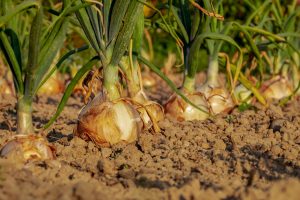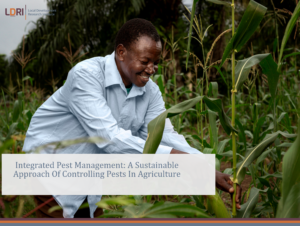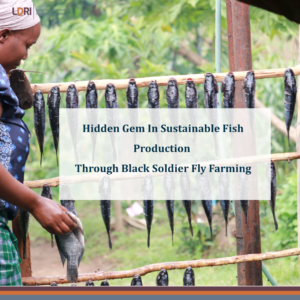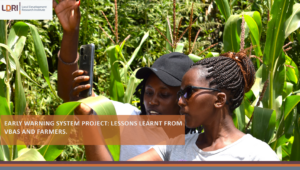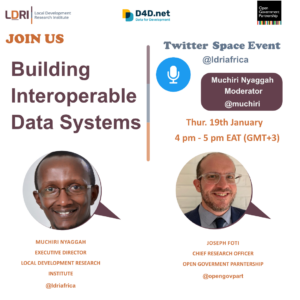Food security is highly ranked in every government’s development agenda globally. As such, agriculture remains Africa’s undisputed investment in growing inclusive economies for both domestic and commercial purposes. It is with this regard that African Heads of State and governments signed the first declaration on Agriculture and Food Security in Maputo, Mozambique in July 2003 during the African Union conference. The Maputo Declaration called for a pan-African flagship program to enhance agriculture production and bring about food security on the continent through the Comprehensive Africa Agriculture Development Program (CAADP) framework. As a result of the Maputo declaration, the Malabo declaration was adopted during the 2014 African Union Year of Agriculture and Food Security conference held in Equatorial Guinea in June 2014. This amended and reaffirmed the Maputo declaration structural policies, implementation and commitment strategies.
As the end of the Malabo Declaration time frame approaches in 2025, the key commitment of allocating at least 10% of public expenditure to agriculture and rural development has faintly progressed. To date, only eight out of the 41 African member state countries have exceeded this target with many other member countries making significant headway towards this goal.
Data availability, accessibility and openness play a pivotal role in achieving the Malabo 2014 declaration goals. Access to quality and open data is crucial as puts information into the relevant hands in the agricultural sector in Africa. With the right data, stakeholders in agriculture can take progressive action for accurate planning, funding and assessing growth activities of a nation’s food security and drive to end hunger poverty in 2025 as stipulated in the Malabo 2014 Declaration. It is therefore essential for policy makers and stakeholders in government and private institutions to use evidence-based research for decisions.
This is not only achieved through data collection processes from ground level but equally through creating intensive corresponding data distribution and connecting systems from small to large scale agribusiness activities. Ultimately, these kinds of data provide factual and contextual evidence to aid in implementing and delivering the zero hunger agenda of the Sustainable Development Goal (SDG) 2.
Concurrently, making data open offers a platform for citizens to fully engage, participate and contribute in diverse projects of a country for instance the Mazao Plus initiative operating within Muranga’ County in Kenya. The project provides a forum for farmers and fertilizer vendors to interact using a mobile device application. Farmers receive information regarding price changes, the nearest vendors and types of fertilizers to use for their produce. Eventually the farmer saves time and costs while the fertilizer vendor has minimal congestion at the shop. Other forms of big data initiatives in agriculture include; Agrikua, Send a Cow, One Acre Fund among others.
It is key to note that due to many indefinite data sources available not only from the respective agriculture agencies as official data but also in the inter-webs, government institutions should have a central point for data accessibility; this is not the case in many African countries. This can be managed by strictly having one official central point for data distribution run under one government directorate.
Conclusively, data should not only be available but made open with non-restrictive terms of use so as to permit citizen participation and contribution to bring forth progress in all sectors. Coupled with this, data published must be accurate, timely and disaggregated for effective interpretation and consumption.

